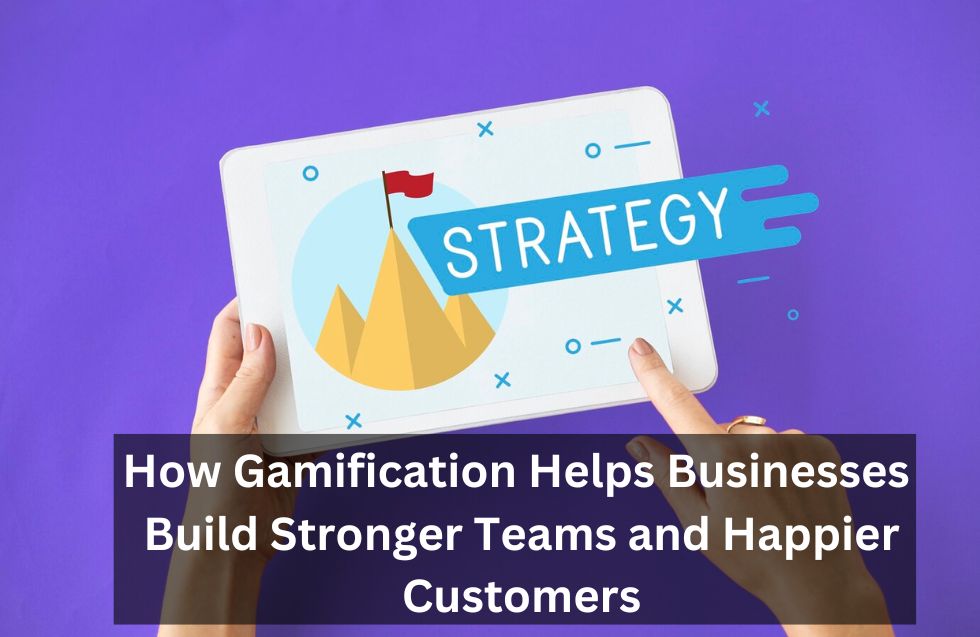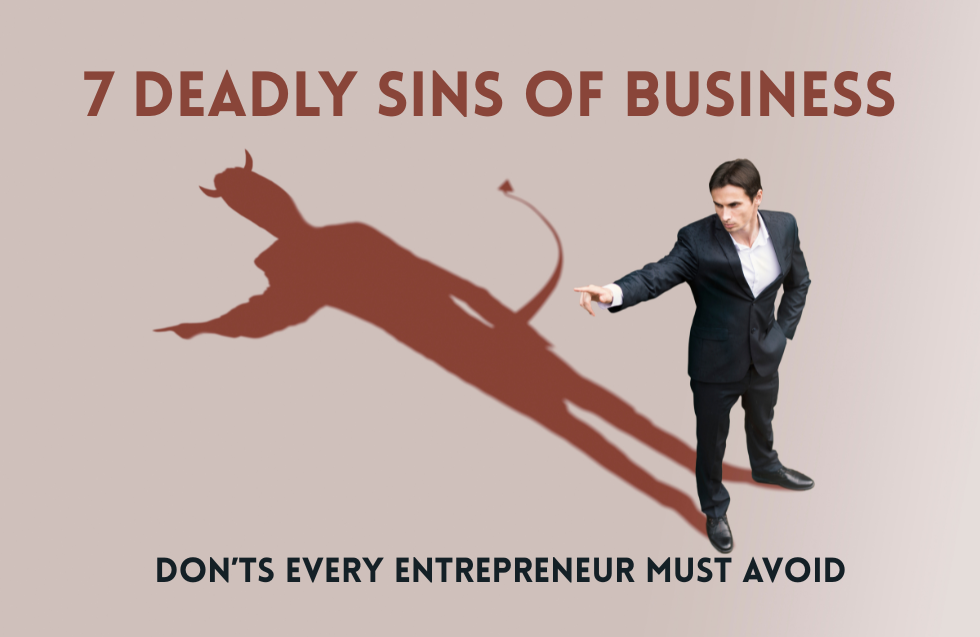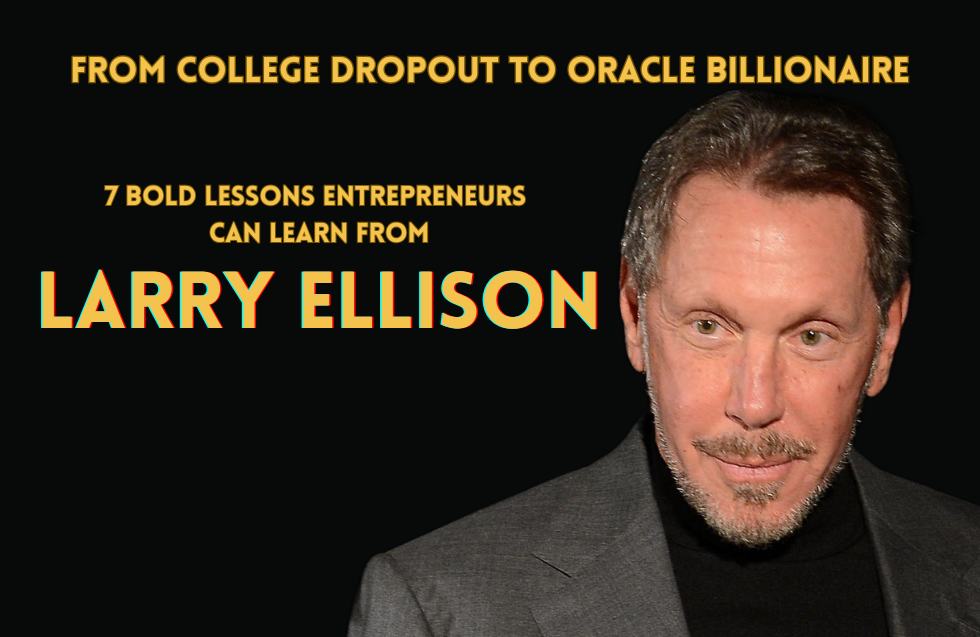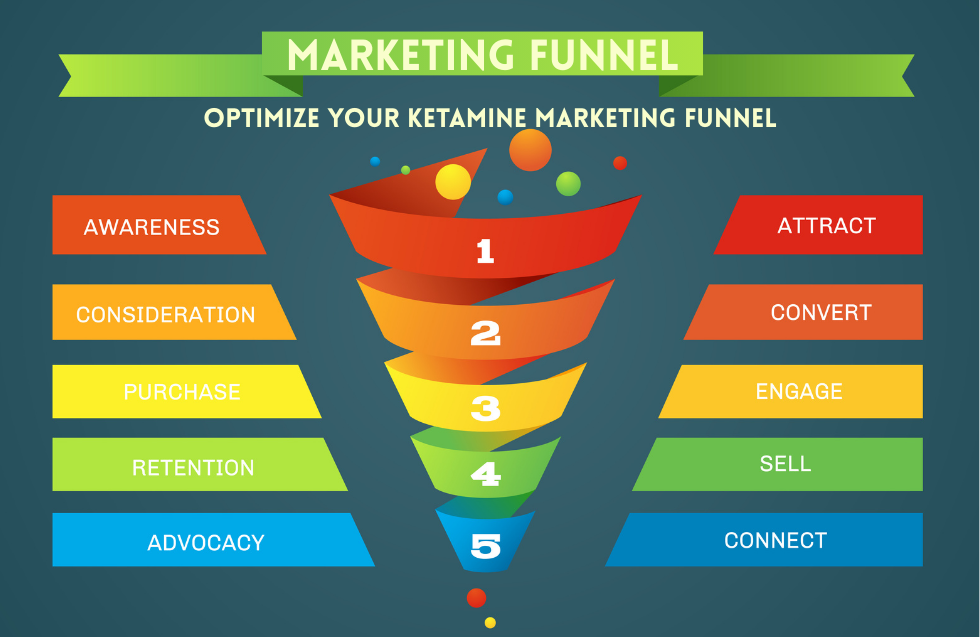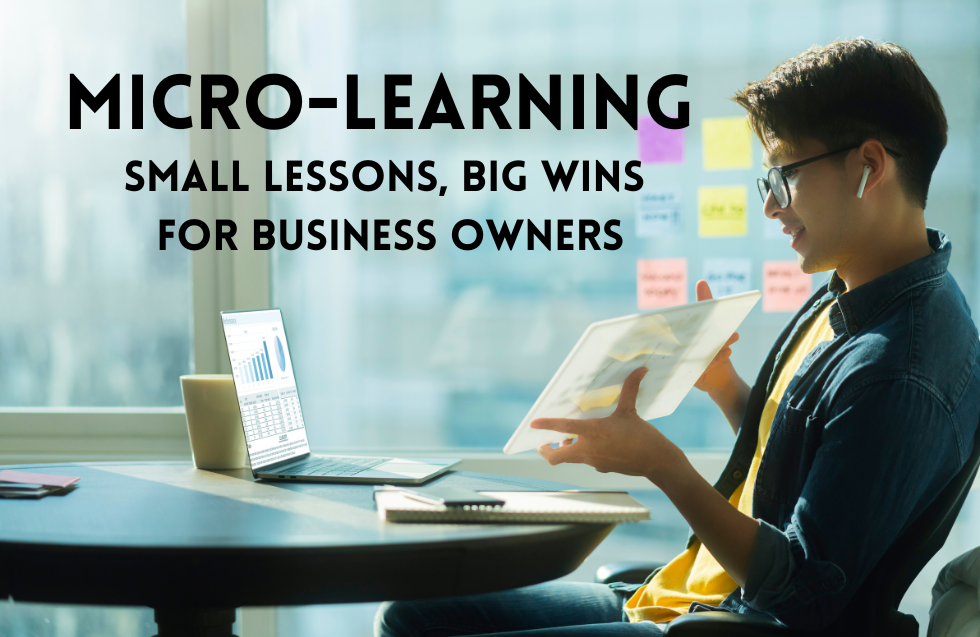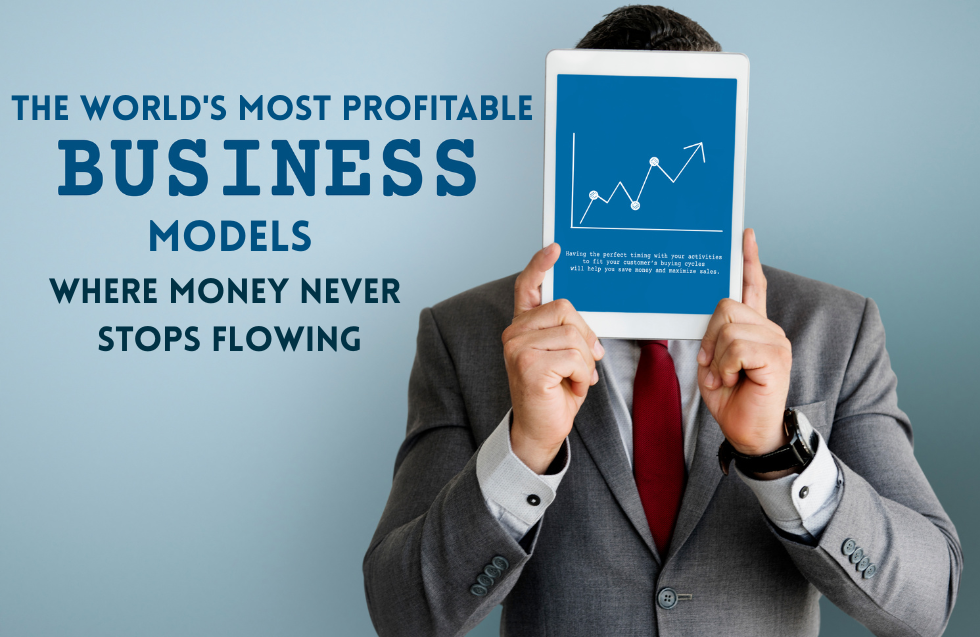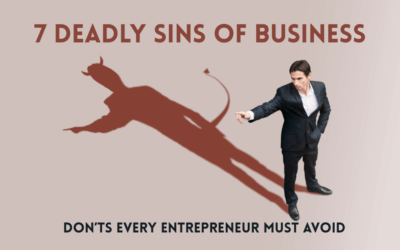In today’s highly competitive business landscape, gamification has emerged as a powerful tool for driving engagement, boosting motivation, and fostering loyalty among employees and customers alike. By integrating game-like elements into business processes, companies are tapping into a fundamental human desire for achievement, recognition, and enjoyment. This article explores how gamification helps businesses not only strengthen their internal teams but also create happier, more loyal customers. Drawing on recent statistics and case studies, we’ll see how gamification strategies are revolutionizing workplaces and customer experiences across industries.
Understanding Gamification: More Than Just Points and Badges
At its core, gamification applies game principles, such as earning points, achieving milestones, and climbing leaderboards, to non-game environments. These mechanics are used to motivate users, increase participation, and enhance overall satisfaction. However, gamification is not just about points or badges; it’s about leveraging psychology and reward structures to influence behavior. By engaging people on an emotional level, gamification can create more meaningful interactions and loyalty—benefits that businesses are increasingly seeking.
The Growing Impact of Gamification in Business
The gamification market has grown significantly, with businesses across sectors investing in game mechanics to enhance customer and employee engagement. According to a report by MarketsandMarkets, the gamification market is projected to grow from $9.1 billion in 2020 to $30.7 billion by 2025, reflecting a compound annual growth rate (CAGR) of 27.4%. The surge in gamification’s popularity is largely due to its potential to drive engagement and loyalty, which can lead to significant increases in revenue, productivity, and retention.
Gamification and Employee Engagement: Strengthening Teams from Within
A highly engaged team is crucial for productivity, creativity, and company morale. Gamification provides businesses with an effective strategy to enhance employee engagement, particularly through platforms that incorporate game mechanics into daily tasks. Here’s how gamification can improve team dynamics and drive employee motivation:
1. Incentivizing Performance and Skill Development
Gamification allows companies to set clear, achievable goals for employees, providing them with rewards and recognition upon reaching milestones. For instance, Deloitte introduced a gamified training platform called “Deloitte Leadership Academy” to make professional development more engaging. By using rewards, badges, and leaderboards, Deloitte saw a 47% increase in return users, demonstrating that gamified learning can motivate employees to invest in their own development.
2. Encouraging Collaboration and Communication
Gamification can also foster teamwork by encouraging employees to work together towards common goals. For instance, Bosch, a global engineering and electronics company, used a gamified app called “Bosch Connect” to improve internal communications and employee collaboration. By awarding points for participation in forums, answering questions, and sharing expertise, Bosch strengthened its internal knowledge-sharing culture, with 75% of employees saying the platform helped them feel more connected to colleagues.
3. Boosting Employee Retention and Reducing Turnover
Employee retention is an essential component of a strong team. Gamification helps businesses reduce turnover by making the work environment more enjoyable and rewarding. For example, Target implemented a gamified checkout process for cashiers that awarded points for accurate and efficient transactions. The game not only made repetitive tasks more engaging but also contributed to a 30% increase in checkout accuracy and improved employee morale, creating a more positive work environment.
Gamification for Customer Engagement: Building Loyalty and Satisfaction
Just as gamification strengthens internal teams, it also plays a vital role in enhancing the customer experience. By providing customers with engaging, rewarding interactions, companies can foster loyalty and increase lifetime customer value. Here’s how gamification can drive customer happiness and brand loyalty:
1. Rewarding Loyalty and Encouraging Repeat Purchases
Loyalty programs are among the most common applications of gamification in customer engagement. Starbucks, for example, uses a gamified loyalty app called “Starbucks Rewards.” Customers earn stars with every purchase, which can be redeemed for free products or upgrades. This approach led to spending increases of 20-30% among loyalty members and accounted for 40% of all Starbucks transactions by 2020, highlighting the program’s effectiveness in building customer loyalty.
2. Enhancing User Experience through Gamified Interfaces
Gamification can improve user experience by making apps and websites more interactive and enjoyable. Duolingo, the language-learning app, is a prime example. By awarding points, allowing users to level up, and maintaining streaks, Duolingo has made learning a new language fun and addictive. This gamified experience led to impressive user engagement, with over 500 million users worldwide and 39% year-over-year growth in active users.
3. Creating Personalized, Engaging Customer Experiences
Gamification can also be used to tailor experiences based on individual user preferences. Nike’s Nike Run Club app gamifies fitness by tracking user performance, setting goals, and awarding badges for milestones. By adding an element of competition and achievement, Nike encourages users to engage with the app regularly, helping Nike strengthen its customer base and increase brand loyalty. In fact, Nike’s digital sales surged by 82% in 2020, with Nike Run Club cited as a key factor in boosting user engagement.
Case Studies of Effective Gamification Strategies in Business
Case Study 1: Salesforce’s Trailhead
Salesforce introduced Trailhead, a gamified learning platform designed to help users develop Salesforce-related skills through a series of interactive modules. Users earn badges, points, and credentials, making learning more engaging and rewarding. Since launching in 2014, Trailhead has become a valuable tool for both Salesforce employees and customers. Salesforce reported that Trailhead users are 4.5 times more likely to complete training modules compared to non-gamified learning platforms. Trailhead’s success underscores gamification’s effectiveness in training and skill development, which can help businesses reduce training costs and boost employee productivity.
Case Study 2: Mango Health’s Health Management App
Mango Health developed a gamified app to help users manage their medication schedules and health goals. Users are rewarded with points for taking medications on time, achieving health milestones, and sticking to health regimens, which can be redeemed for gift cards and other rewards. This gamified approach significantly improved patient adherence to medication schedules, with Mango Health reporting a 28% increase in medication adherence rates. This case demonstrates gamification’s potential in improving customer behavior in health-related industries, an area ripe with business opportunities.
Case Study 3: Samsung Nation
Samsung’s “Samsung Nation” is a gamified online community designed to increase engagement on Samsung’s website by awarding badges, points, and levels for various actions such as writing reviews, answering questions, and watching product videos. By gamifying the customer experience, Samsung was able to increase customer interaction rates by 500% within the first year, creating a more engaged community and enhancing customer loyalty.
The Psychological Principles Behind Gamification’s Success
Gamification taps into several psychological principles that drive its success:
- Reward and Motivation: People are motivated by rewards, whether tangible (like discounts) or intangible (like recognition).
- Progress and Achievement: Seeing visible progress, such as accumulating points or leveling up, fuels a sense of accomplishment.
- Social Influence: Leaderboards and social features leverage the human need for social comparison, driving friendly competition and increased engagement.
- Autonomy and Choice: Gamified systems often provide users with choices on how to earn rewards, giving them a sense of control and personal investment.
By understanding these principles, businesses can design gamification strategies that resonate with both employees and customers, creating experiences that feel rewarding and fulfilling.
Challenges and Considerations in Implementing Gamification
While gamification offers many benefits, it’s essential to avoid common pitfalls. Poorly designed gamification efforts can feel forced or superficial, leading to disengagement. For instance, a system that’s too focused on extrinsic rewards (such as points and prizes) may lead to users feeling less intrinsically motivated. Companies must also balance gamified elements with meaningful value. If users feel the rewards are trivial or unattainable, gamification may have the opposite effect, decreasing satisfaction.
Key Takeaways for Businesses: How to Build Stronger Teams and Happier Customers through Gamification
- Align Gamification with Business Goals: Ensure that the gamified elements support broader objectives, such as customer retention or skill development, rather than using gamification solely for engagement.
- Start Simple: Begin with a pilot program that targets one aspect of your business, such as a loyalty program or internal training, to gauge effectiveness and adjust as needed.
- Prioritize User Experience: Gamification should enhance user experience, not complicate it. Ensure the gamified elements are intuitive, easy to understand, and add genuine value.
- Monitor and Iterate: Regularly assess the effectiveness of your gamification strategy and gather feedback from users to refine the experience continually.
Conclusion
In a digital world where attention spans are short and customer loyalty is hard-won, gamification has proven to be a powerful tool for building stronger teams and happier customers. By tapping into fundamental aspects of human psychology, gamification enables businesses to create engaging, rewarding experiences that drive productivity, satisfaction, and loyalty. With thoughtful design and alignment with core business objectives, gamification can be a game-changer in fostering long-lasting relationships with both employees and customers, paving the way for sustained business growth and success.
